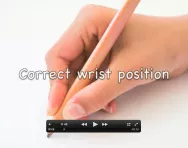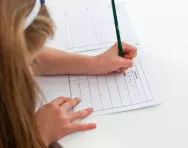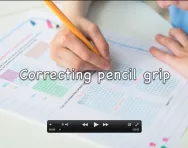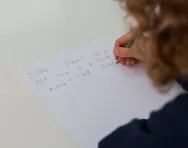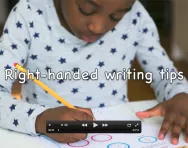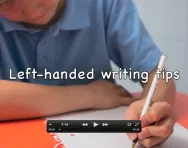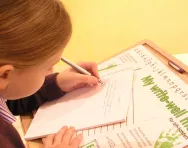TheSchoolRun.com closure date
As we informed you a few months ago, TheSchoolRun has had to make the difficult decision to close due to financial pressures and the company has now ceased trading. We had hoped to keep our content available through a partnership with another educational provider, but this provider has since withdrawn from the agreement.
As a result, we now have to permanently close TheSchoolRun.com. However, to give subscribers time to download any content they’d like to keep, we will keep the website open until 31st July 2025. After this date, the site will be taken down and there will be no further access to any resources. We strongly encourage you to download and save any resources you think you may want to use in the future.
In particular, we suggest downloading:
- Learning packs
- All the worksheets from the 11+ programme, if you are following this with your child
- Complete Learning Journey programmes (the packs below include all 40 worksheets for each programme)
You should already have received 16 primary school eBooks (worth £108.84) to download and keep. If you haven’t received these, please contact us at [email protected] before 31st July 2025, and we will send them to you.
We are very sorry that there is no way to continue offering access to resources and sincerely apologise for the inconvenience caused.
Video: Handwriting posture and seating advice
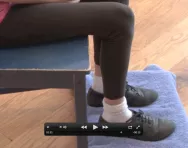
The correct posture is essential for good handwriting. Occupational Paediatric Therapist Catherine Elsey from the National Handwriting Association explains why postural stability is so important and gives parents a step-by-step guide to correcting and improving the way a child sits to write.
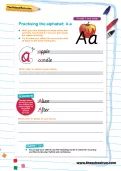
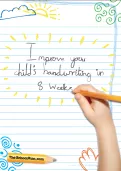
Improve handwriting in 10 minutes a day
- Step-by-step handwriting guide
- Over 200 worksheets
- From patterning to cursive
How to sit correctly
Good handwriting depends on far more than just the position of your child's hand; the way they hold their entire body plays a part, too.
Common problems with children's posture when writing include:
- Slouching, with the spine rounded
- Sitting on an adult chair with the feet dangling, or wrapped around the chair legs
- Swinging on the back or front legs of the chair
- Resting their arm on the desk, and their head on their arm
- Sitting a left-handed child on the right of a right-handed child, so their arms clash
Poor posture when writing means that your child's body has to work extra hard to maintain stability. This causes excess muscle strain and effort, and can make handwriting uncomfortable and more difficult.
The best posture for handwriting involves your child:
- Sitting with a straight, extended back: tell them to imagine someone is pulling upwards on a string connected to the top of their head
- Sitting with their feet flat on the floor, not dangling. If their feet can't comfortably reach the floor, put a box just in front of the chair for them to rest their feet on
- Sitting with their ankles, knees and hips all at 90 degrees
This position gives your child optimum core strength and stability, and makes handwriting more comfortable.
